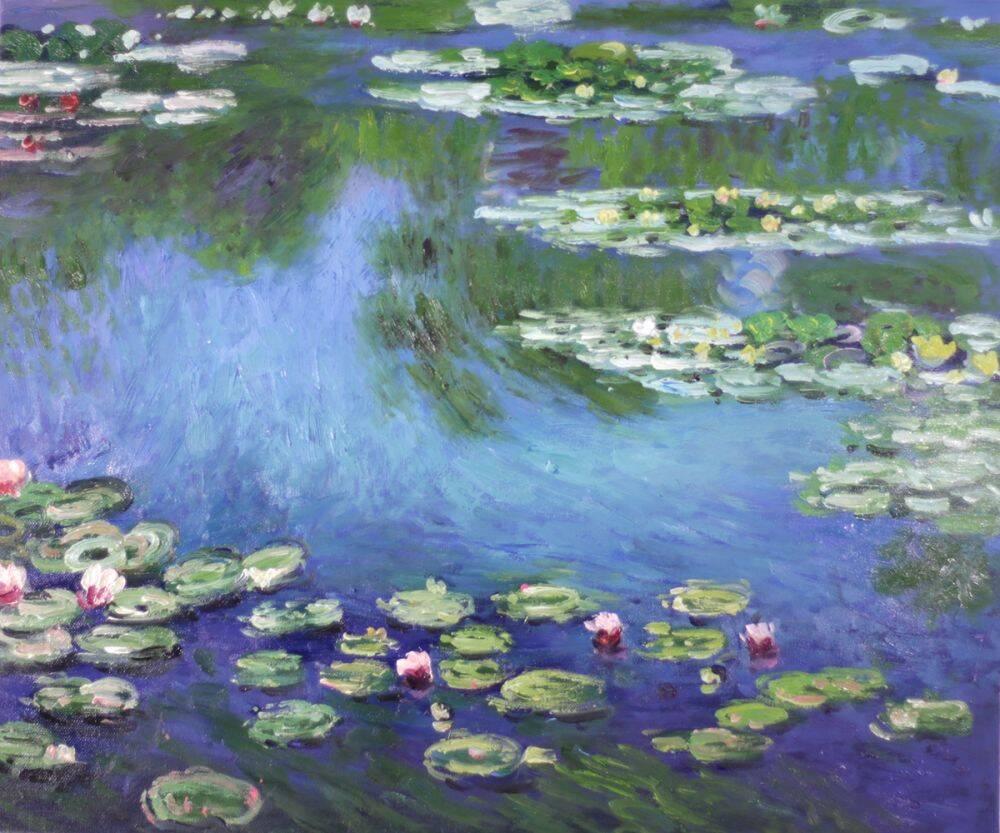Art
The Enigma of Frida Kahlo
Frida Kahlo was born in 1907 in a small town on the outskirts of Mexico City. Kahlo was one of four daughters born to a Hungarian-Jewish father and a mother of Spanish and Mexican Indian descent.
Her works were largely inspired by indigenous cultures of her upbringing and her magical Mexico — the realist elements of Christian and Jewish traditions combined with surrealist renderings.
Although Frida Kahlo brushed her canvas with compact, vibrant hues you cannot help but sense certain obscurity and vulnerability, most notably in her many self-portraits that symbolically articulate her own pain and sexuality. The sensitive stare beneath her bushy eyebrows serves as an intimate portrayal of the grim realities of her life.
Personal struggle aside, Kahlo was controversial for her self-cultivated public persona. The woman expressed her glamour, her Mexican heritage, her communist leaning in all candidness. In addition to her political views, Kahlo played it coy and kept people guessing about her own sexuality.
Whereas in her paintings Kahlo is expressing her pain, she was, when in public, depicted a person who was enjoying life and living life to the fullest… “with great energy and surprising dynamism,” as observers would later note.
Such is the enigma of Frida Kahlo.
Kahlo contracted polio at six, which left her right leg thinner. She concealed her condition by wearing long, colorful skirts. She and her sisters grew up amid the violent Mexican Revolution where gunfire echoed in the streets, the hungry revolutionaries knocking on their door.
As a young woman, Fridah aspired to become a Doctor. Unfortunately, her hopes and dreams were severed on one summer afternoon as she was involved in a bus-trolley collision that left her in a wreck. Despite more than 30 subsequent operations, Kahlo spent the rest of her life in constant pain, finally succumbing to related complications at age 47.
Limping and getting by with extreme pain, during her difficult recovery Kahlo regained her spirits by painting. In the first three months when she was immobile, the urge to paint herself came rushing. “I am the subject I know best”, Kahlo once said. Her self-portraits were born while in that state of torture; the pain real and stirring at her very core.
Did she paint pain? Look closer now. As far as she is concerned: “They thought I was a Surrealist but I wasn’t. I never painted dreams. I painted my own reality.”
The mark of her “own reality” is manifested in 55 self-portraits. She painted with passion drawing from her personal experiences – including her often tumultuous marriages, her miscarriages, and abortions, her extramarital affairs with both sexes – to create an anthology of 143 paintings.
At the age of 21, Kahlo fell in love with the Mexican muralist Diego Rivera, whose approach to art and politics suited her own. Although he was 20 years older, they were married in 1929; this stormy, passionate relationship survived infidelities, the pressures of Rivera’s career, a divorce and remarriage, and Kahlo’s poor health.
Amputated, frail from complications and sensing the nearness of death upon her, Kahlo wrote in her diary: “I hope the exit is joyful – and I hope never to return – Frida.”
In life, Kahlo’s portrayal of pain in her paintings is stark, and near the end of her turbulent days, angst is palpable. Yet, in her public life, the woman always maintained an image of self-confidence, strength, and even defiance and candor.
It was not until decades after her death in 1954 that Kahlo’s work was widely recognized. The Louvre acquired “The Frame,” the first work by a 20th-century Mexican artist ever purchased by the famous art house.
In 2006, Kahlo’s 1943 painting Roots set an auction record for a Latin American work, at $5.6 million.



